The key to an engaging video lies often in the details, especially in the use of B-Roll. B-Roll footage, which serves as supplementary material to your main shots, can significantly enrich the narrative of your video. In this section, you will learn how to effectively cut and incorporate B-Roll footage to make your finished film more dynamic and interesting.
Main insights
- The quality of the sound significantly affects the entire video production.
- B-Roll should always be cut to suitable pieces of music and highlight moments.
- The use of keyframes allows for precise control of the sound in the video.
Step-by-Step Guide
Step 1: Create the Basic Structure
Start by importing your main footage and B-Roll material into your editing program. Make sure your timeline is organized and that you have all the necessary clips on hand before you start cutting anything.
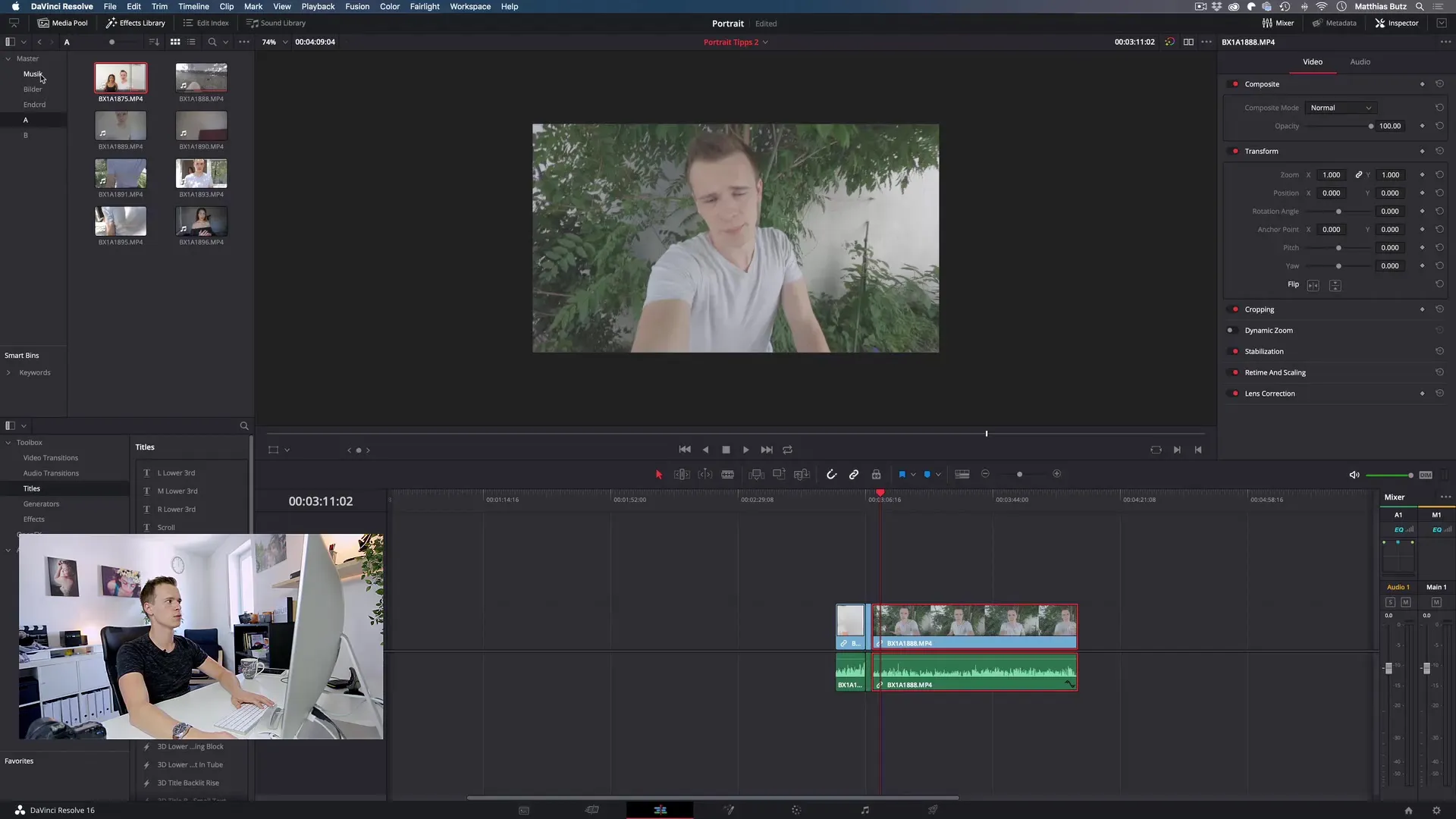
Step 2: Choose the Music
Select appropriate music for your video. Drag the song into your timeline and adjust the volume so that it does not overpower the spoken voice. Ensure that the music matches the style and content of your video.
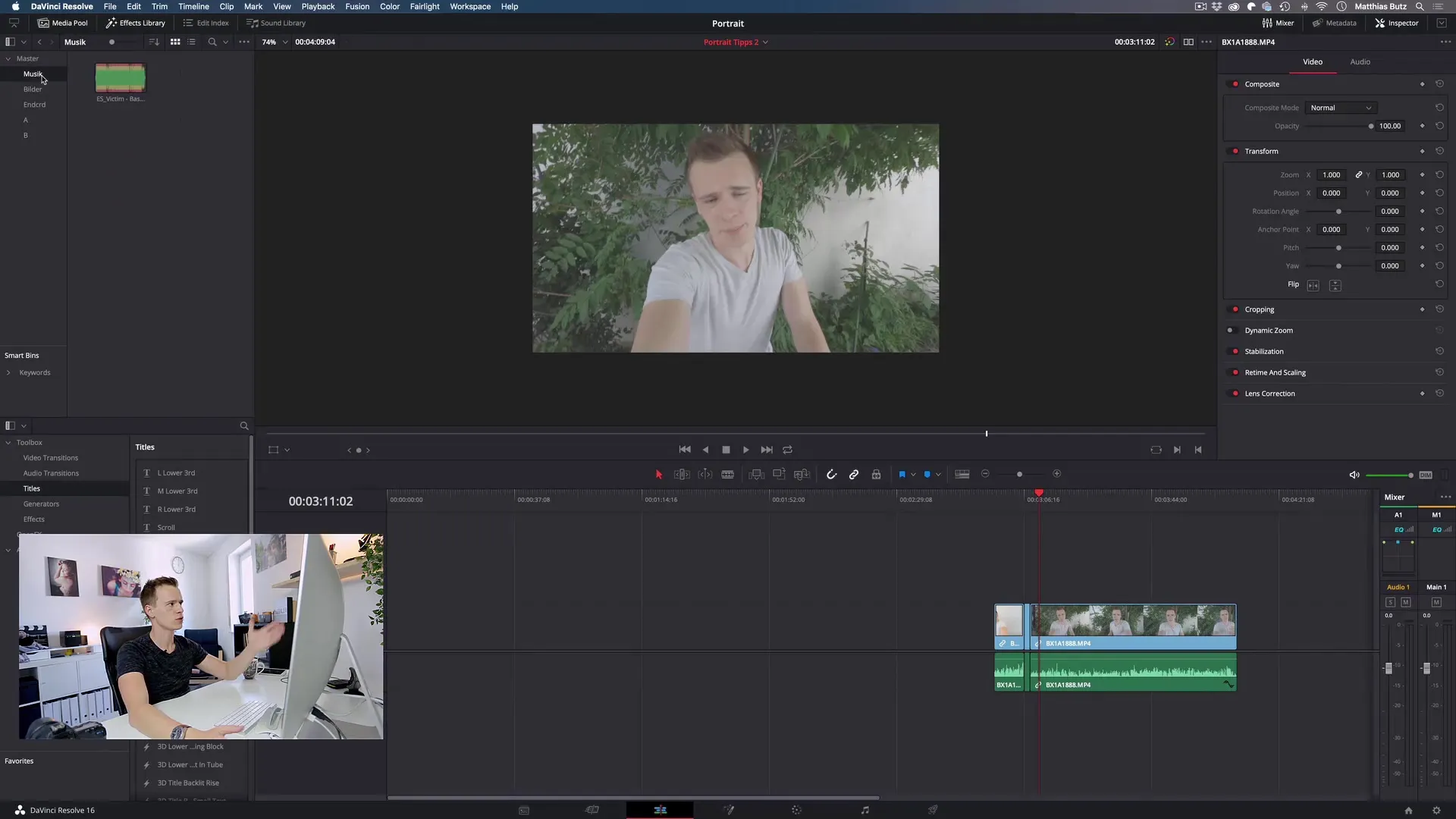
Step 3: Regulate Volume
Make sure that the volume of the music is not too loud. You can adjust the volume throughout the playback to ensure that the music and the spoken sound harmonize well. Use the mixer of your editing program to make fine adjustments.

Step 4: Introduce B-Roll Material
Start with the cutting of the B-Roll sequences. Pay attention to the sections of the song where there are prominent beats or transitions. Make your cuts precisely at these points to achieve a dynamic interplay between image and sound.
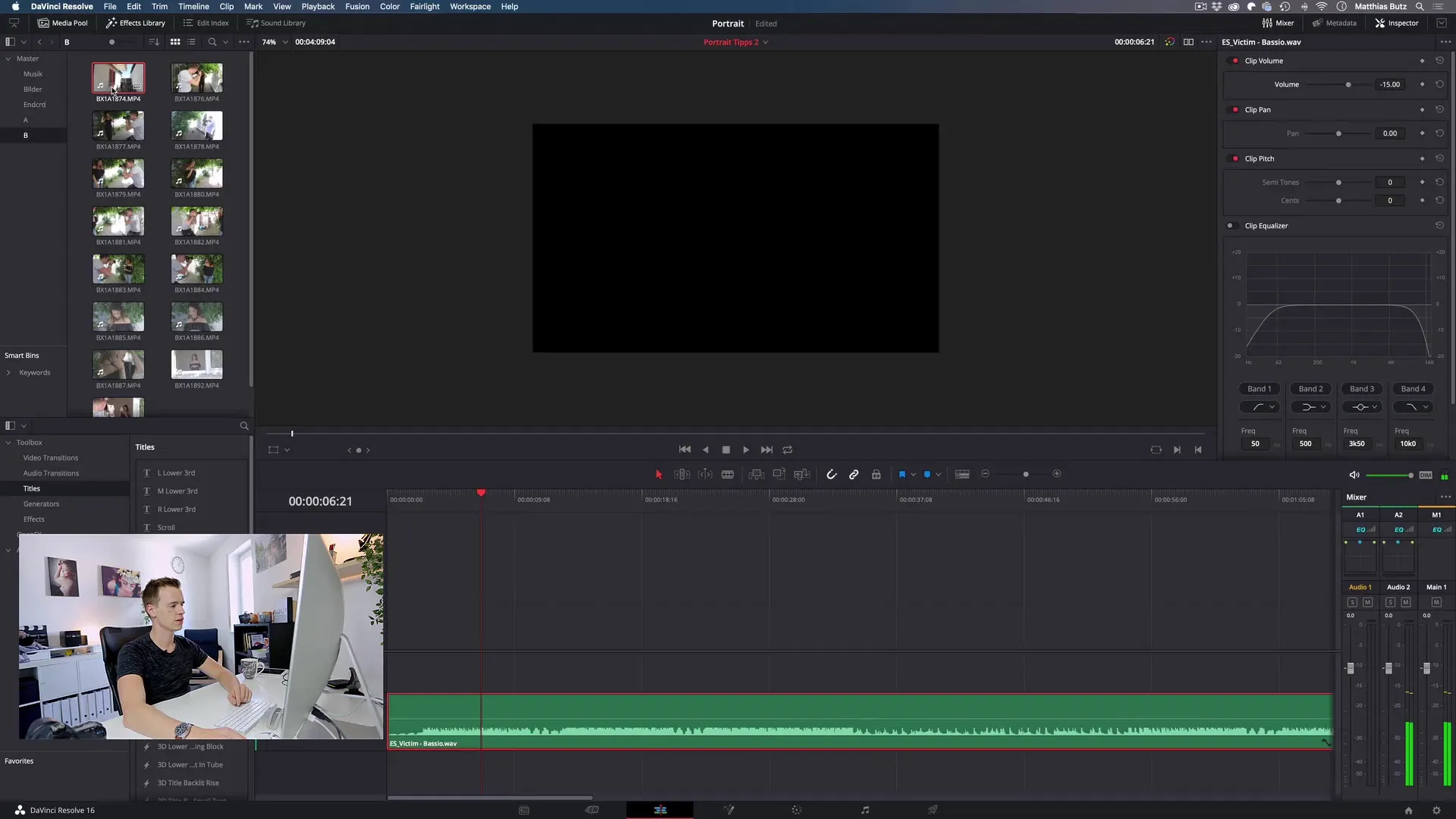
Step 5: Select and Position Clips
Choose your B-Roll material and place it in the timeline. A good basis is to cut clips that tell a story or spark interest. Ensure that the clips visually match and provide a smooth transition.
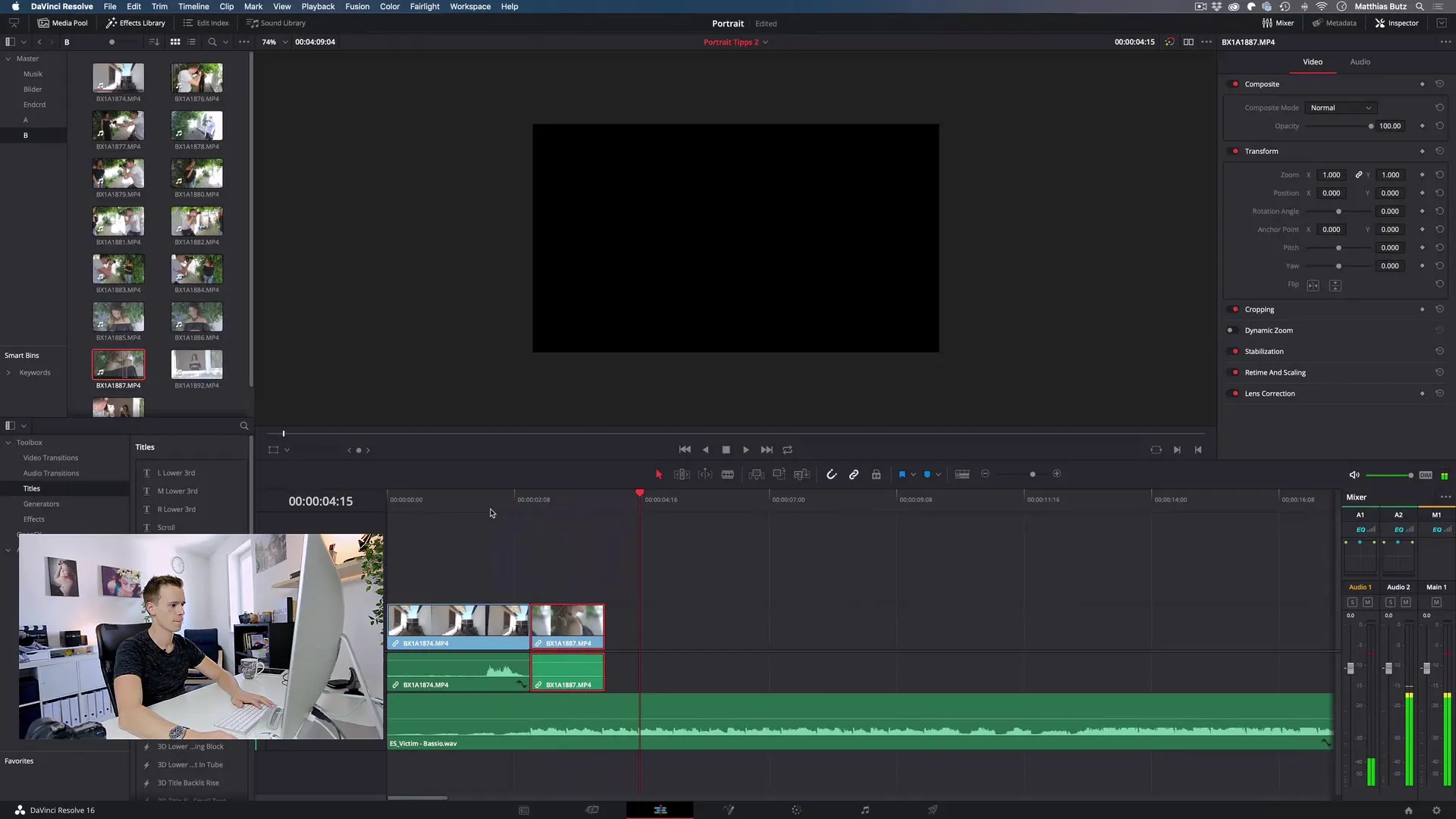
Step 6: Check the Transitions
Go through the transitions of your clips and check if they appear harmonious. The B-Roll sequences should not end or begin too abruptly. The lengths of the clips should be similar so that the viewer is not torn between short and long sequences.
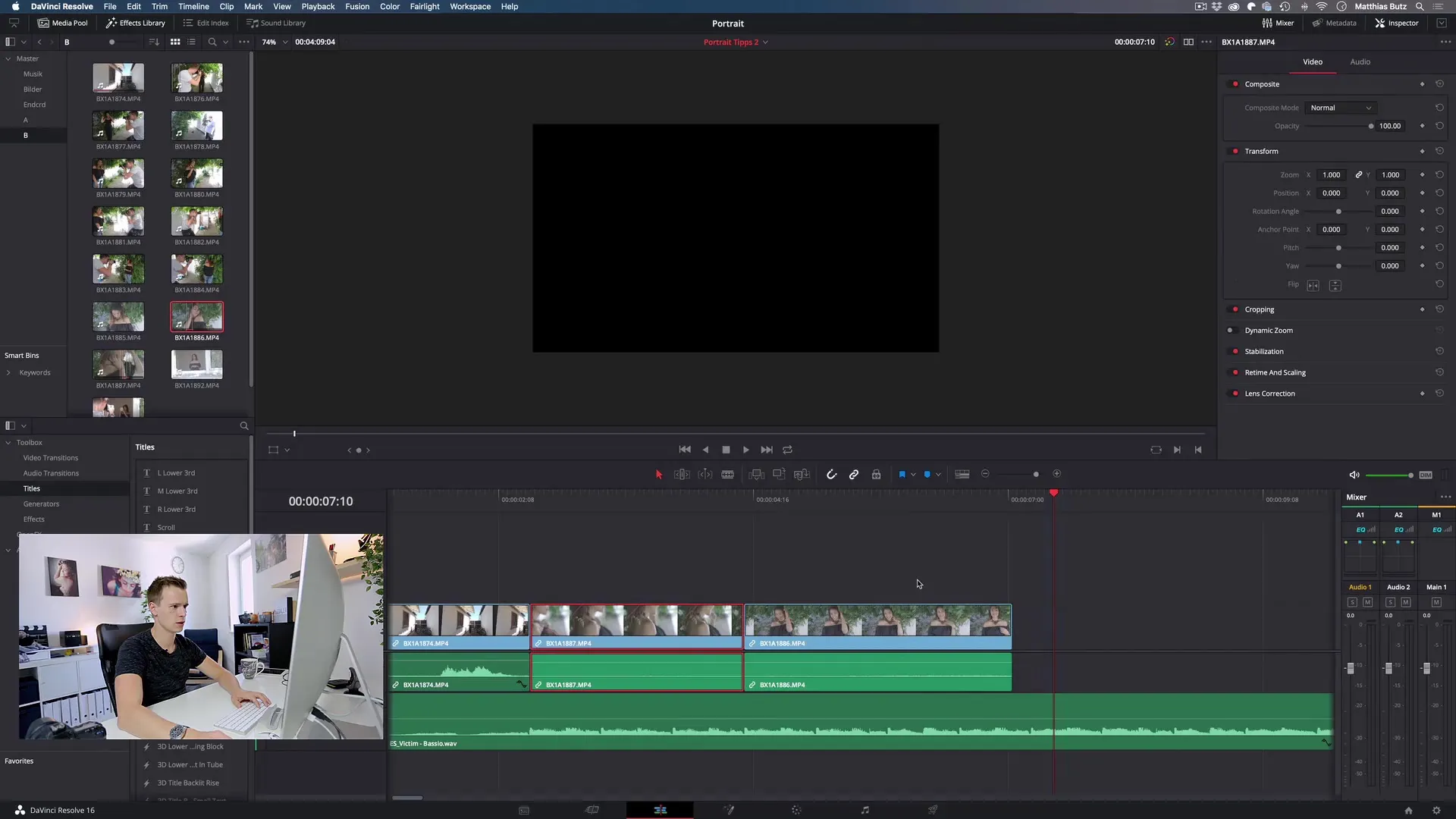
Step 7: Final Adjustments and Audio Mixing
Once all clips are in the timeline, adjust the music volume to match the spoken sound. You can use keyframes to change the volume dynamically so that the music is quieter in calmer phases and more prominent in energetic scenes.
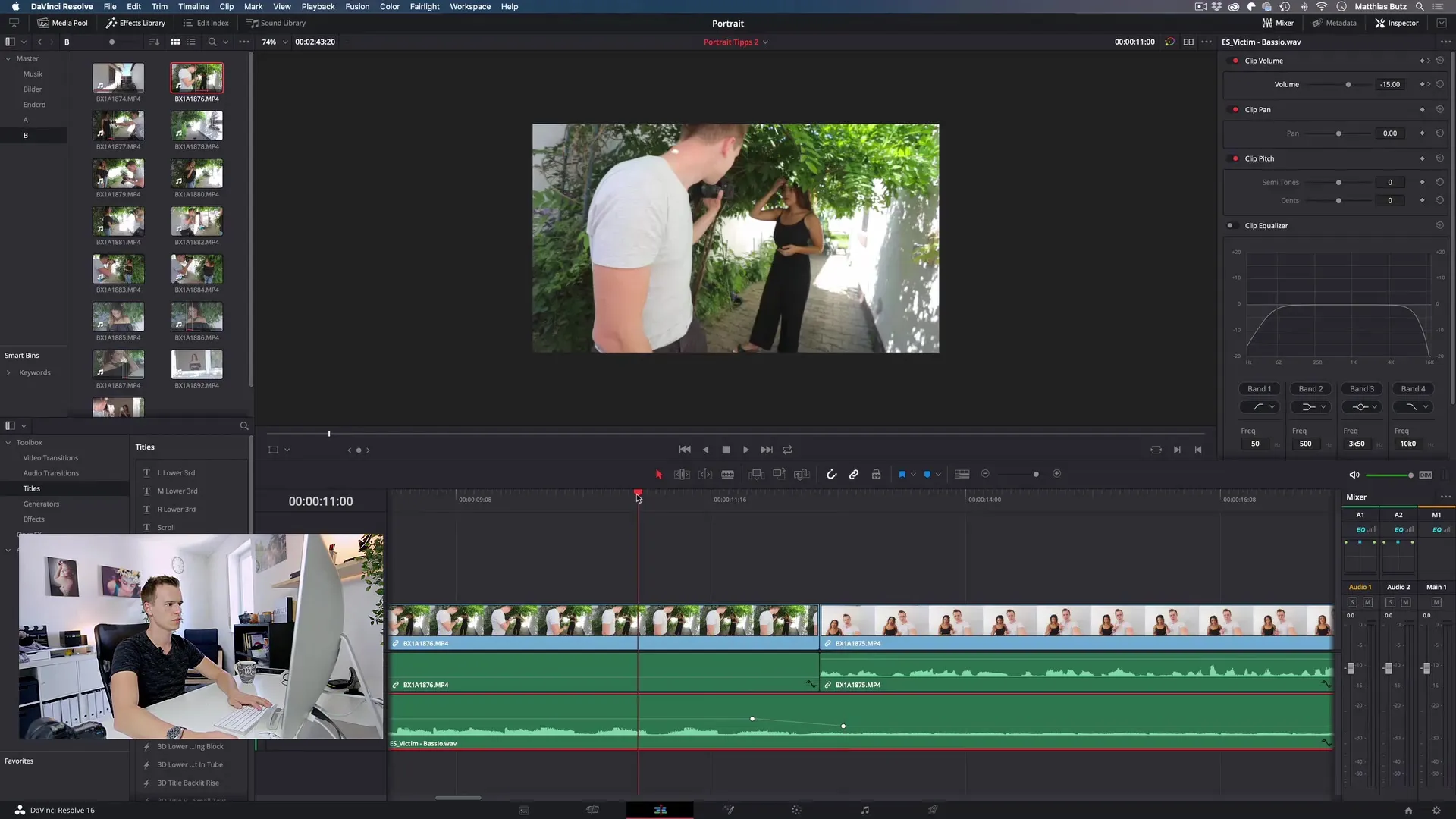
Step 8: Optimize Short Sequences
Make your clips dynamic with simple cuts. If you want to add images or additional graphic elements, ensure they support the overall flow of your video and do not distract the viewer.
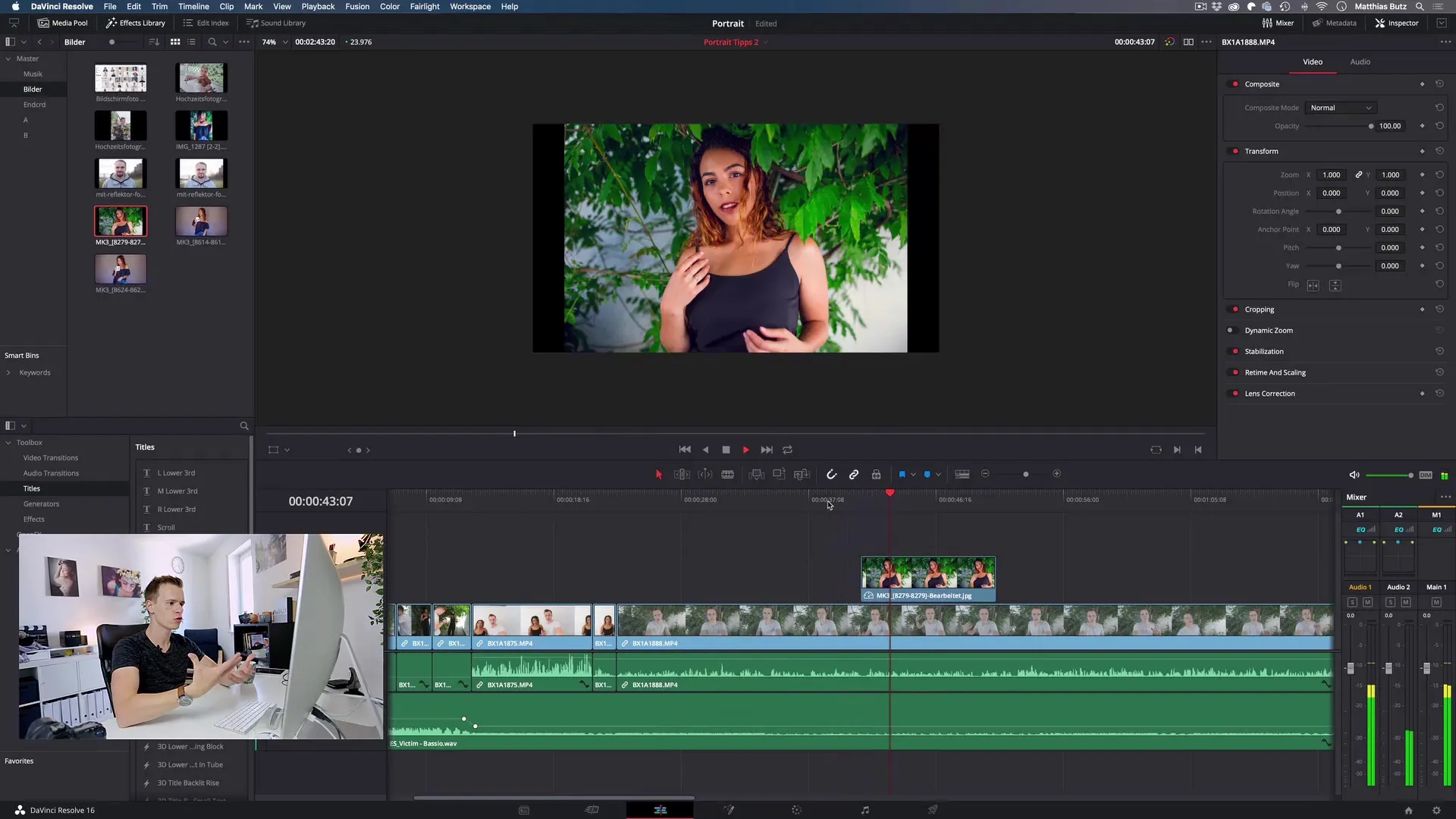
Step 9: Final Touches and Last Check
Play your video in full length and pay attention to the synchronization between sound and image. Check each cut and each arrangement of B-Roll material to see if it achieves the desired effect.
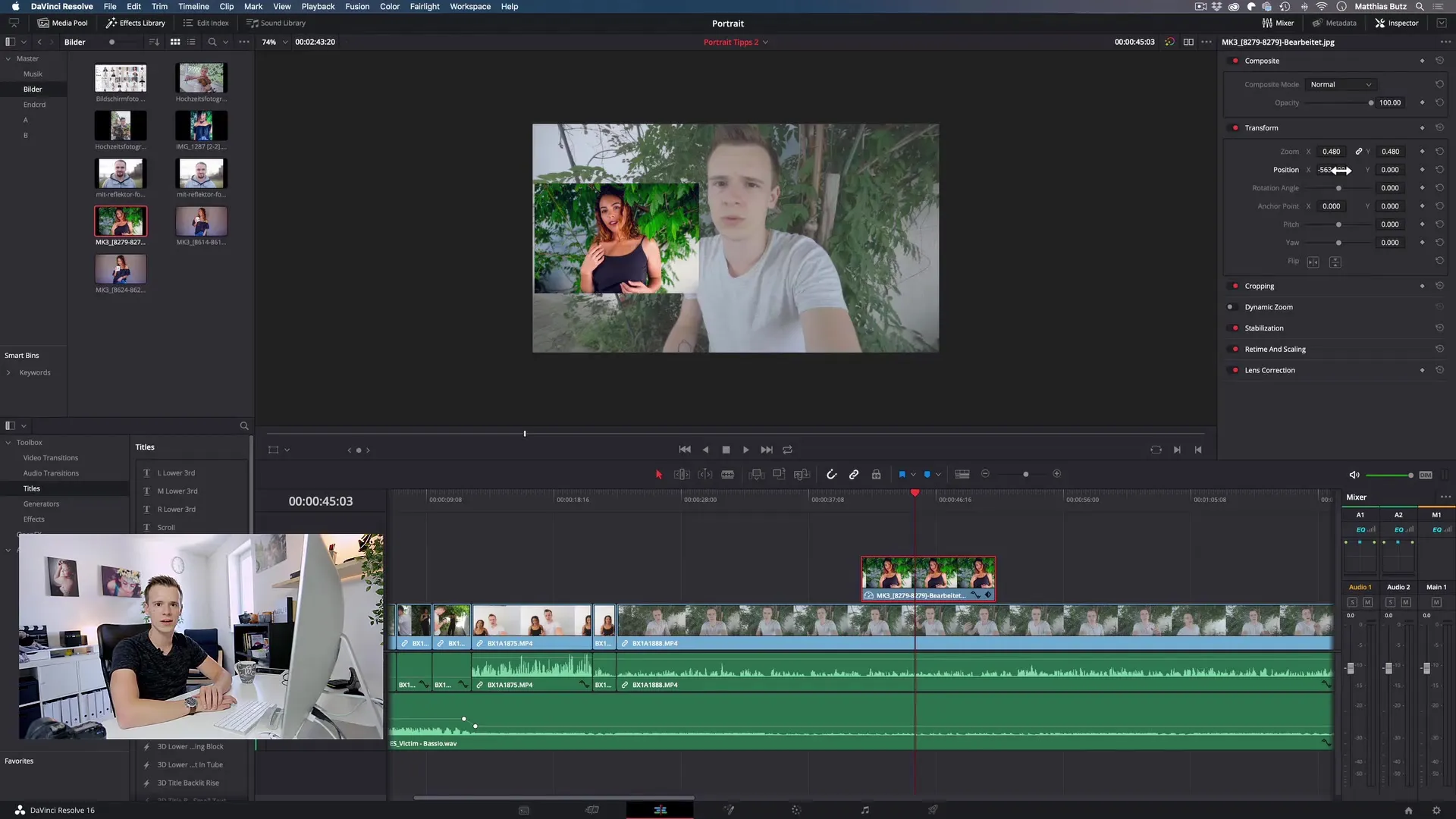
Summary - Cutting B-Roll Effectively: Step-by-Step Guide
In this guide, you have learned how to selectively choose, cut, and incorporate your B-Roll material into your videos. These skills will help you enhance your video productions and engage the viewer from beginning to end.
Frequently Asked Questions
How important is the music for my video?The music plays a central role as it influences the emotional mood of your video.
How can I ensure that my cuts fit well together?Synchronize the cuts with prominent beats in the music and make the clips in similar lengths.
What are keyframes and how do I use them?Keyframes are markers that allow you to adjust settings dynamically. You can vary the volume or other effects between different points in time.
What is the best way to select B-Roll?Select clips that tell a story or visually support the main content. Ensure that they complement the pace of the video.
Can this be done without expensive software?Yes, many free editing programs already offer the necessary functions to cut and edit B-Roll effectively.


